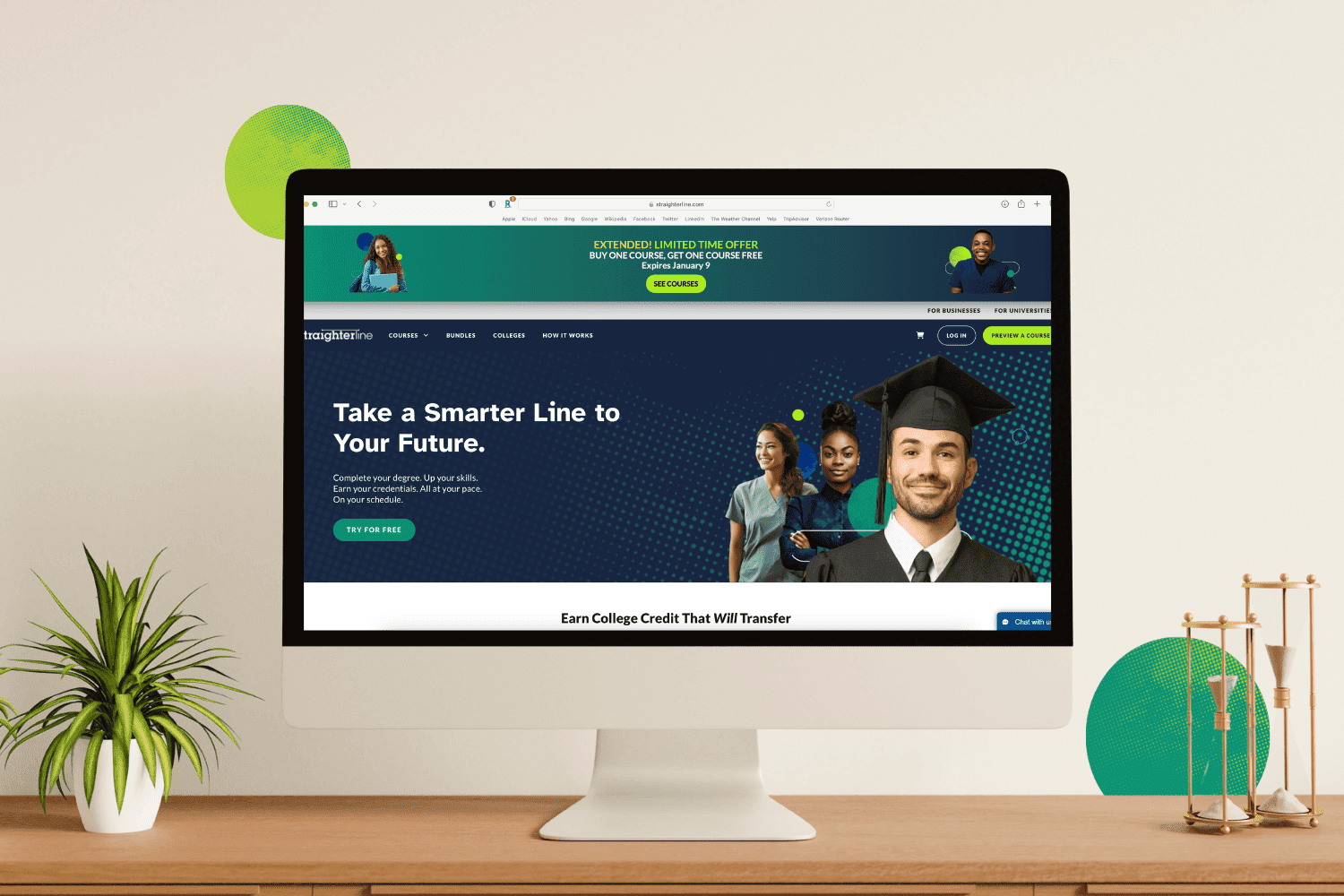Dreaming of Making a Difference in the Classroom?
Working as a teacher can be one of the most rewarding career paths out there. It's a chance to inspire students while continually learning yourself. That said, the different types of teaching careers vary greatly! Everything from the age of your students to the school environment can have a big impact on whether a teaching job is the right fit for you.
Ready to discover which teaching path might be your calling? Let's explore all the different types of teaching careers and find your perfect match!
Why Understanding Different Teaching Careers Matters
Before jumping into education courses or a teaching degree program, it's crucial to understand the landscape of teaching careers available to you.
Why does this matter so much? Because the skills required for a university history professor differ dramatically from those needed by a kindergarten teacher! By exploring all your options upfront, you:
Save time and money on your education path
Discover specialties you might never have considered
Find a teaching role that aligns with your natural strengths
Position yourself for a more fulfilling, sustainable career
Ready to Test-Drive Teaching Courses? StraighterLine makes it incredibly affordable to try college courses in education — from Early Childhood Development to Teaching Students with Exceptionalities — so you can discover your teaching passion without the premium price tag. Explore our education courses today →
Teaching by Age Group: Which Students Call to You?
Elementary Education (K-6): Shaping Young Minds
Elementary education is where it all begins. The focus of elementary education is foundational knowledge. It's here students begin their learning trajectories in core subjects like reading, math, and science. They also develop the social and emotional skills that will impact their later years. For dual language learners, this stage is especially important as they build skills in multiple languages.
Is elementary education right for you if:
You're naturally patient and nurturing
You enjoy creating a structured classroom with classroom routines
You find joy in supporting crucial stages of physical and cognitive development
You want to shape the foundation of a child's educational journey
Secondary Education (6-12): Inspiring Adolescents
Secondary education refers to middle school and high school years. It is at this stage that students start to specialize and prepare for their next step, be it higher education or vocational training. Rather than staying with one main teacher all day, they will continue on their learning trajectory with subject-specific classes for more in-depth learning.
Secondary education might be your calling if:
You're passionate about a specific subject area
You enjoy intellectual discussions with emerging young adults
You can navigate the challenges of adolescent socioemotional development
You want to guide students through a critical identity-forming phase
Higher Education: Teaching Adults
Higher education is any education after secondary school. That means teaching in colleges, universities, or technical schools.
Higher education is the stage where students have completed much of their general education and begin to specialize in a specific subject. Their learning trajectories become more diverse with more flexible and customizable options. The purpose of this phase is career preparation, but it also gives students opportunities for personal growth and critical thinking!
Higher education could be perfect for you if:
You're deeply knowledgeable in a specialized field
You enjoy facilitating high-level academic discussions
You prefer teaching self-motivated adult learners
You're interested in conducting research alongside teaching
Special Education: Supporting Exceptional Learners
Special education teachers work with students with exceptionalities or other learning differences. Working in special education calls on teachers to give instruction, support, or other accommodations to help students with learning differences be successful in school.
Consider special education if:
You're creative, patient, and empathetic
You enjoy creating individualized learning plans
You find satisfaction in helping students overcome unique challenges
You're drawn to making education truly accessible for all learners
Start Your Teaching Journey Today! Not sure which path is right for you? Start your StraighterLine free trial and sample our education courses risk-free. Credits transfer to many teaching programs nationwide!
Teaching Environments: Where Will You Thrive?
Educational setting is another thing that will have a big impact on your life as a teacher! Let's explore your options:
Public Schools: The Traditional Path
Public schools are the most common educational setting. They're funded by taxes and tuition-free, which means they must also follow guidelines set by the school district or board of education.
Benefits:
Greater job security and stability
Diverse student population
Structured advancement opportunities
Typically better benefits packages
Challenges:
Larger class sizes
Fewer instructional choices with pressure to follow set curriculum
Sometimes limited resources
Potentially lower compensation
Private Schools: Independent Education
As the name suggests, private schools don't get government funding which means more flexibility to set their own curriculum and policies.
Benefits:
Often smaller class sizes
Potentially more resources
Greater instructional freedom
Possibly higher compensation
Challenges:
Less job security than public schools
Higher parent expectations
May require additional credentials
Potentially longer working hours
Charter Schools: The Best of Both Worlds?
While most people have heard of charter schools, the concept may be unclear. A charter school is publicly funded, but it operates under a contract with a state or local authority to run independently. Some examples are Montessori schools, charter schools for dual language learners, or schools that focus on specials or related arts.
Benefits:
More curriculum flexibility
Often mission-driven environments
Innovative teaching approaches
Smaller school communities
Challenges:
Variable job security
Performance-based continuation
Sometimes longer hours
Funding tied to performance and enrollment
Online Education: Teaching Without Boundaries
Online education refers to any school that offers instruction primarily online. Public schools, private schools, and charter schools might all have an online component.
Benefits:
Location flexibility
Often smaller class sizes
Reduced commuting time
Skills at the forefront of educational trends
Challenges:
Different classroom management techniques
Technology dependence
Potential isolation
Creating classroom routines and a structured classroom environment remotely
Your Education Career Path: Room to Grow
Wondering what comes after classroom teaching? The education field offers numerous advancement opportunities:
Entry-Level Roles: Classroom teacher, teacher's assistant, special education aide
Mid-Career Positions: Lead teacher, department head, mentor teacher
Senior Teaching Roles: Curriculum director, instructional coach
Leadership Opportunities: Principal, vice-principal, education administrator
Did You Know? StraighterLine's affordable education courses can help you advance faster on your teaching career path while saving thousands on your degree. Explore our education courses →
The Challenges and Opportunities of Teaching
Teaching can be a super rewarding career, but it also comes with its share of challenges.
The challenges faced by teachers depend a lot on student age and educational setting, but there are a few common challenges faced by teachers. Most teachers will say class size, performance requirements, or limited resources get in the way of giving students the best education possible.
As far as opportunities for growth go, a great teacher is never done learning. With constant innovation in educational methodologies and technological advancements in teaching, teachers need to continually adapt to stay effective in the classroom.
Essential Skills for Teaching Success
No matter which teaching path you choose, certain core competencies will set you up for success:
Core Competencies for Teachers
Being a great teacher goes far beyond just instructing along learning trajectories and grading student progress. The real effectiveness of a teacher is fostering the socioemotional development, cognitive development, and physical development of students.
Key skills include:
Student engagement expertise
Effective classroom management
Clear communication abilities
Adaptability and creativity
Subject matter knowledge
Technology Skills in Teaching
Today's classroom asks teachers to bring proficiency in technology, even if tech isn't being used in the classroom. Most every school uses some form of:
Learning management systems
Digital grading platforms
Educational apps and software
Communication tools
Presentation technologies
Best Teaching Practices
Effective Classroom Management
Classroom management is about providing a structured classroom environment for students. Clear routines and expectations can have a big impact on student behavior and overall engagement!
Techniques like modeling appropriate behaviors, using bell work, and establishing clear classroom routines can all play into the supportive learning environment students need.
Assessment and Evaluation Techniques
Assessment and evaluation techniques are how teachers measure how well their students are learning the material.
Formative assessments help measure student understanding during the learning process. Some examples are quick quizzes, class discussions, heat maps, or exit tickets. The purpose is to give teachers insight into student thinking so they can adapt their lessons if needed.
Continuous Professional Development
The teaching profession is always changing, but continuous professional development (PD) can help educators stay current. Teachers can develop key teaching skills like modeling and explaining content (MEC) with content-focused professional development.
Essential Resources and Tools for Teachers
Educational Software and Apps
Today's teachers can benefit greatly from educational software and apps like:
Google Classroom for managing assignments and creating classroom routines
Interactive platforms like Kahoot! for formative assessments
Language learning tools like Duolingo for dual language learners
Teaching Aids and Materials
Some of the most effective teaching aids are timeless:
Whiteboards
Word walls
Hands-on investigations materials
Games and reading materials for independent or guided practice
Ready to Find Your Teaching Path?
Teaching offers rewarding opportunities for people with diverse skills, interests, and career goals. Finding the right teaching role for your personality and strengths is the key to a fulfilling career in education.
Take your first step today! StraighterLine offers affordable, flexible classes designed for aspiring educators. Our courses transfer to many education programs nationwide, helping you save time and money on your teaching degree.
Explore our education courses or start your free trial to begin earning college credit toward your teaching career today!
FAQs
What qualifications do I need to become a teacher?
Teaching qualifications vary by state and type of school. Generally, you'll need a bachelor's degree in education or your subject area, teaching credential or certification, and student teaching experience. Some positions require a master's degree. StraighterLine courses can help you start this journey affordably.
Which teaching career has the best job prospects?
Special education, STEM subjects (science, technology, engineering, and math), and ESL (English as a Second Language) currently have the strongest job markets. Teachers who are comfortable with technology and can work with diverse student populations are particularly in demand across all educational settings.
Can I try teaching before committing to a full degree program?
Absolutely! You can gain experience through substitute teaching, teacher assistant positions, tutoring, or volunteer work. StraighterLine's affordable education courses also let you explore teaching concepts before committing to a full degree program, with credits that transfer to many education programs nationwide.
How much can I expect to earn as a teacher?
Teacher salaries vary widely based on location, education level, experience, and school type. According to recent data, the median annual salary for K-12 teachers ranges from $60,000-$63,000, while higher education professors can earn $80,000+ annually. Private schools and certain districts may offer higher compensation.
How do I know which teaching environment is right for me?
Consider your teaching style, desired work-life balance, and career goals. If you value creativity and flexibility, charter or private schools might be ideal. If job security and benefits are priorities, public schools may be better. If you prefer working with motivated adult learners, higher education could be your path. Try StraighterLine courses in different educational areas to discover your passion.












